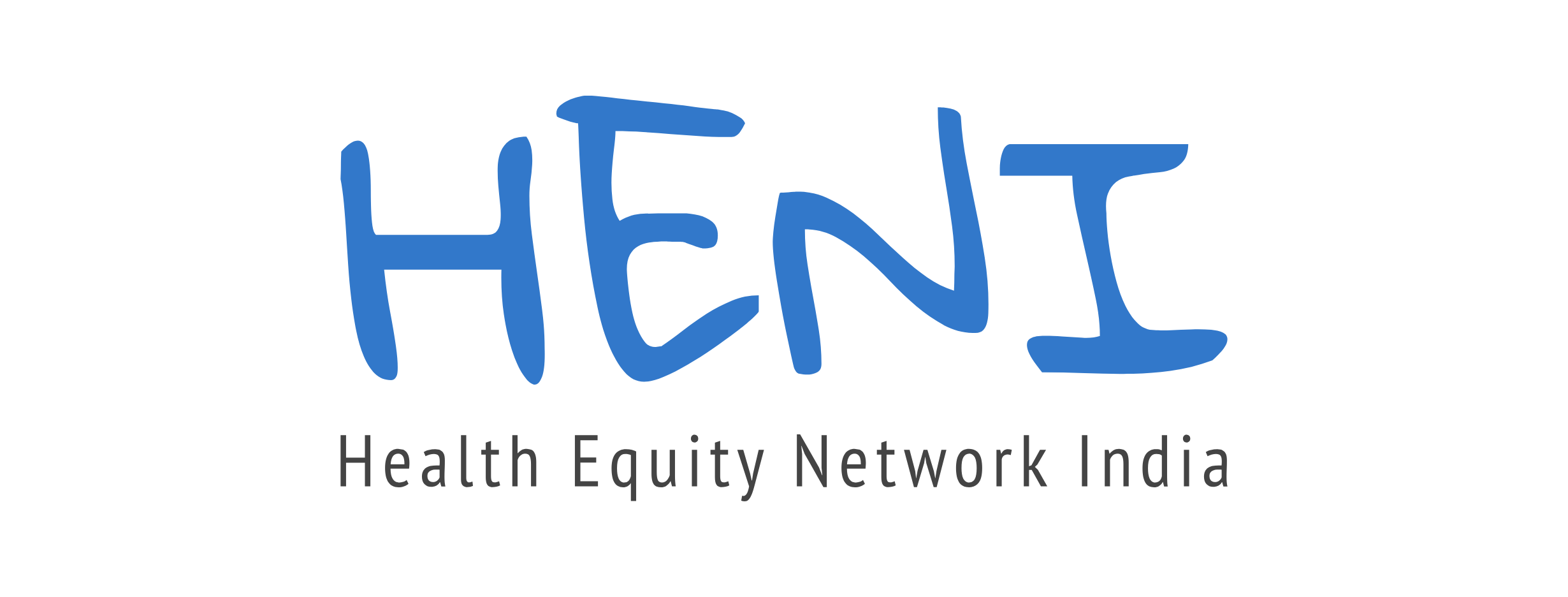An operating system handles computer hardware, program resources, and common offerings for courses. These include input/output, storage area allocation, and file managing. The OPERATING-SYSTEM also provides a graphical user interface (GUI), which makes it possible for people to work with their computers devoid of writing code.
Core Data Structures
The operating system uses data set ups such as linked lists intended for memory share, file submission site management and process scheduling queues. These help the OS deal with information wisely, including sharing info with other applications and organizing data as per to a certain priority.
Useful resource Sharing
The main purpose of source of information sharing is usually to allow multiple programs to share a single group of computing resources such as mind, processor electric power, and data storage space. This makes it possible for many courses to run at the same time and helps the operating www.myopendatablog.com/all-you-need-to-know-about-virtual-data-rooms/ system gain better performance.
In addition , resource showing allows completely different programs to communicate with each other. These kinds of communication programs are caused through the use of data structures just like TCP/IP packets.
Security and Error-Detection
The main purpose of reliability is always to protect users’ data via being lost or damaged. This includes environment permissions with regards to access to files, creating backup copies of data and applying antivirus software program to scan files for infections.
Error-detection can be described as method for uncovering errors which may affect the operation of an operating system. These problems can be caused by a variety of elements, including hardware failures or software insects. Operating systems detect and automatically take action to manage these problems.
